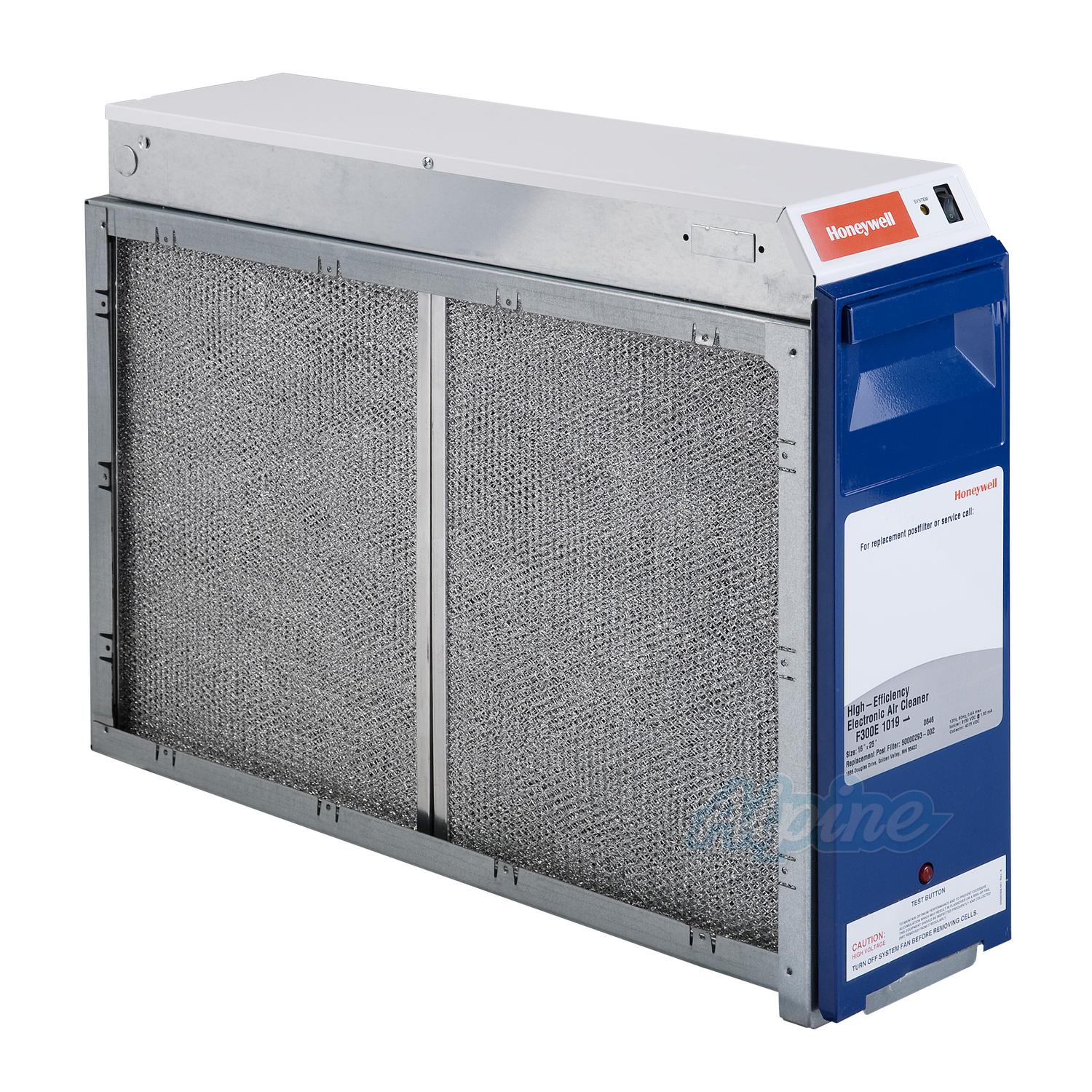Table Of Content

That said, this is also one of the most quiet models on my list, which would also make it suitable for a bedroom or nursery. While allergies are never fun, this model makes it easy to adapt to changing weather conditions and seasons. Keep this in mind when choosing between models if you or anyone in your household cannot move heavier objects.
How Consumer Reports Tests Air Purifiers
Unlike other filter types, they don’t require regular replacement, resulting in long-term cost savings. However, electronic filters produce ozone as a byproduct, which can be dangerous if inhaled. Furthermore, they may not be as effective in trapping bigger particles such as dust and mold spores.
Filter Efficiency & Ratings
There is a standard undercut on one-inch filters, which means that all one-inch filters measure ¼" to ½" shorter than their nominal size, but there is no standard undercut on whole house filters. This means that two 25x20x5 filters from different manufacturers may have completely different sizes. Make sure you know the exact size you need, or you may end up with a whole house filter that doesn't fit. Best In Class Performance & Energy Saving - Utilizes low EMF radiation DC motor to deliver DOUBLE the air output using up to 82% LESS electricity than other air purifiers in its class. If you are looking for the best whole house air filtration system in 2024, then you have come to the right place. In this blog post, we will be discussing the top 10 whole house air filters of that year.
Air Purifiers 2024 - Forbes Vetted - Forbes
Air Purifiers 2024 - Forbes Vetted.
Posted: Wed, 28 Feb 2024 08:00:00 GMT [source]
Other Ways to Improve Indoor Air Quality
Due to their size and energy requirements, HEPA filters are not commonly found in standard home HVAC systems. Retrofitting an HVAC system to accommodate a HEPA filter often involves costly adjustments to the ductwork and vents to ensure proper airflow and system compatibility. Before proceeding with a HEPA filter installation, homeowners will want to consult an HVAC professional to assess the feasibility and costs of modifying their system. This is billed as a bedroom air purifier because it cleans a 388-square-foot medium room in about 12.5 minutes, at decibel levels of 23 and below — that’s quieter than a whisper.


The relatively high price of these filters is somewhat justified by their “smart” technology. With it, you can check the status of your filter from your smartphone to see if and when it needs replacing. However, unless you’re worried about needing to replace your filter early, you can also just set a calendar reminder. We also test two other 1-inch smart Filtrete filters, the Filtrete 1900 Smart Premium Allergen Bacteria and Virus and the Filtrete 1500 Smart Allergen Bacteria & Virus. At MERV 13—the highest rating you’ll find for most of the popular residential HVAC filter sizes—you can count on the filter to stop bacteria, smoke, and other microscopic particles. At the low end of the scale, the filters are made from fiberglass or mesh, and can capture large particles like hair, fibers from clothes and carpets, and some pollen.
More often than not, gas sorption solutions or gas-phase filters are better as an additional filter option. Efficiency is a filter’s ability to capture, withhold and remove particles from the air. Efficiency ratings are based on the filter’s ability to filter out contaminants and prevent pollutants from circulating indoors. In general, the "nominal size" of an air filter is the rounded size, based on how each dimension is rounded up or down.
Genuine AprilAire filters are specifically engineered to work with your AprilAire Air Cleaner. They are effective for 6-12 months compared to the traditional 1-3 month filter, saving you time and money. Our 4-inch filters provide more filter area for harmful particles to be captured compared to the traditional 1-inch filters. AprilAire's patented self-seal technology assures no air will pass by unfiltered, keeping your home clean and HVAC system operating at peak performance.
Extended media filters are housed in a metal cabinet near the air handling unit rather than a return grille. And while home return grille slots are designed for average 1-inch filters, certain companies have found ways to bypass this issue. Don’t assume your home system is incapable before consulting with a contractor or technician.
How often should I change my air or furnace filter?
The higher cost of these systems is justified by providing higher flow rates, larger filter capacity and less frequent filter changes. Accessories, such as reverse osmosis or UV purification options, are often available as add-ons if they’re not already included as part of the system. Whole house water filtration systems come in various styles, capacities and price points to meet the needs of any family. The amount of filtration and purification your water needs to reach your desired water quality is the most significant factor affecting price. A carbon filter passes water through an activated charcoal medium, often after it has passed through a sediment filter. The carbon can remove very fine particles, including contaminants like herbicides, pesticides and chlorine, and eliminate contaminants that cause poor-tasting or smelling water.
For instance, a five-micron filter will need replacement more often than a 20-micron one. However, frequent filter changing can be reduced in a multi-stage filtration system by starting with large-micron filtration and sequentially moving through finer filters. The final stage of water purification destroys or eliminates microorganisms like viruses and bacteria. A reverse osmosis system or exposure to ultraviolet light (UV) can accomplish this level of purification by capturing or destroying biological contaminants on a molecular level.
This device, unlike the standard one-inch furnace filters, can provide over thirty times more filtering media. You will witness firsthand how this device will provide a much cleaner breathing environment for you and your family, despite coming at a reasonably affordable cost. The incorporated patented filtering media is capable of providing you with a very clean atmosphere all through your home. This unit packs a lot of positives that the only complaint we have about it is its relatively short warranty.
They cost around $15 and should be changed every two to three months. The first line of defense against airborne contaminants is to keep a house clean and well ventilated. It does take up a lot of space, especially with the large brine discharge tank, but the results are well worth it if you have enough room. Flow rate is measured in gallons per minute (GPM), and it refers to how many gallons of water can pass out of the filtration system each minute. To determine the flow rate you'll need, calculate the sum of the gallons per minute of all fixtures that may be used simultaneously in your home. For instance, if you have two showers (2.5 GPM each) and a kitchen sink (2 GPM), you'd want a system that can handle at least 7 GPM to maintain proper pressure.
Due to their massive surface area, they don’t need to be changed as often. Depending on the filter and your unique home, a replacement is only required every six months to a year. Standard air filters, on the other hand, must be changed every one to three months. A whole home air filter integrates into your existing HVAC system to remove pollen, dust, pet dander, and other pollutants.

No comments:
Post a Comment